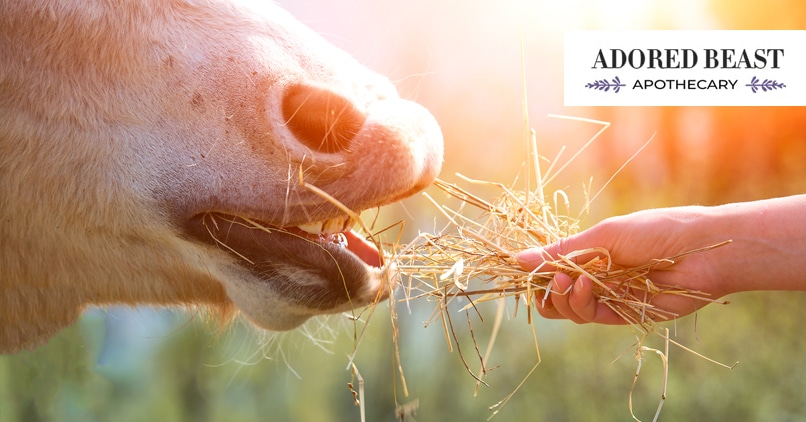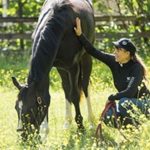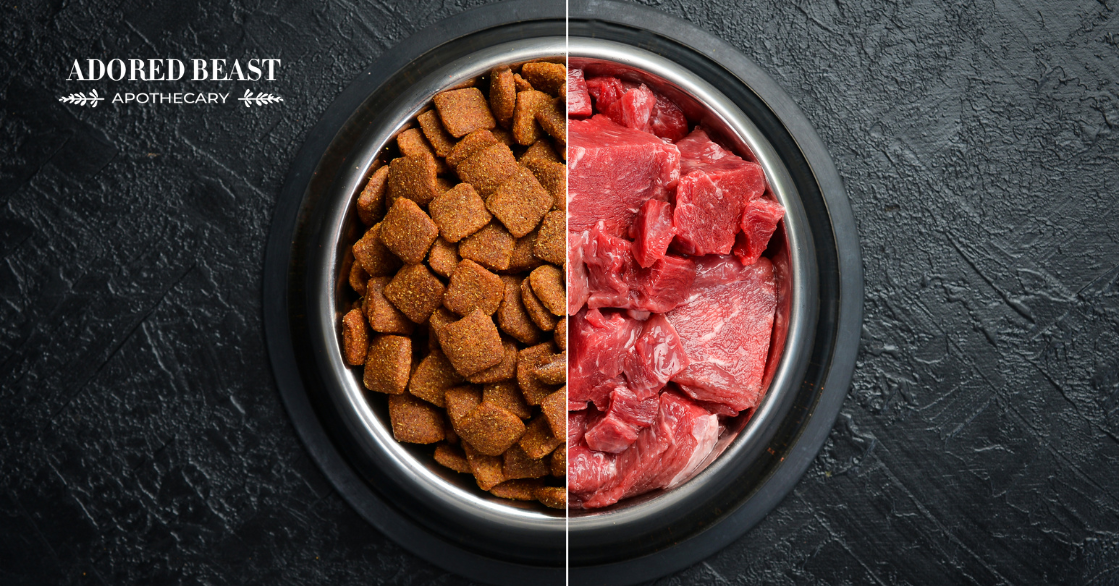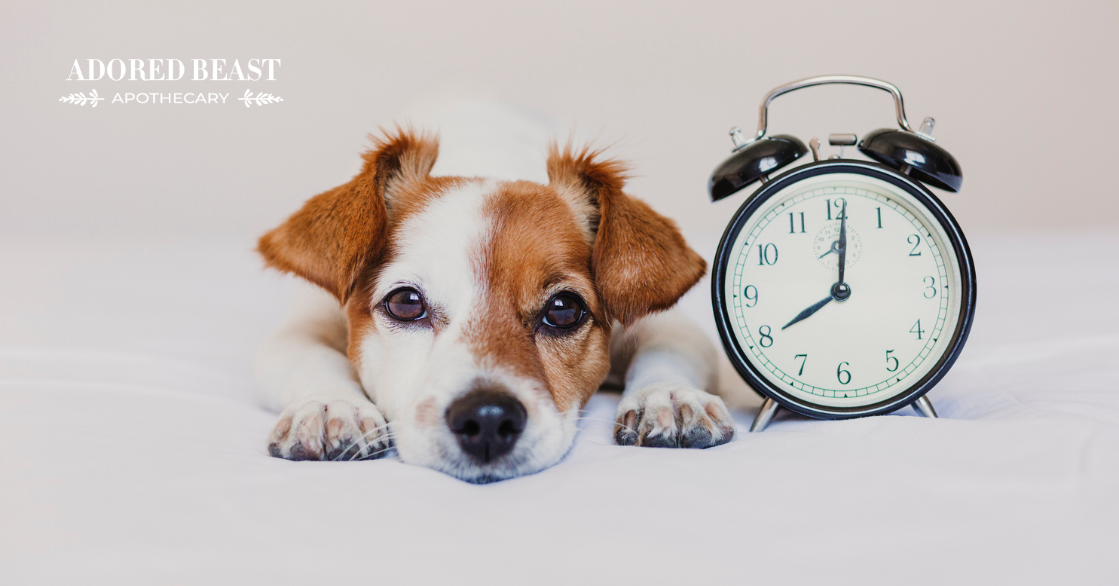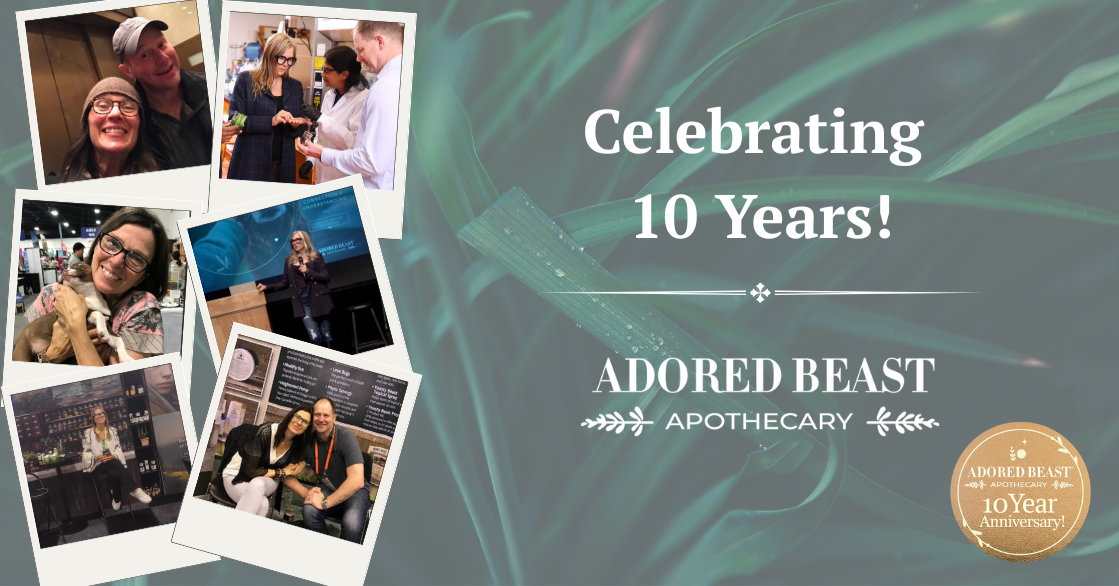Hay is the main source of essential energy, fibre, vitamins, and minerals during the winter, and, for some horses, all year round. Ensuring that your horse has access to good hay is paramount in preventing serious health issues. Poor hay can cause a number of problems including impactions/colic, poor hoof growth, poor body condition, low stamina, and other serious illnesses.
So how can you tell if your hay is making the cut? Horse hay quality can vary greatly depending on the region it is grown in, species of grasses, stage of grass maturity, fertilization methods and harvesting, curing, and storage methods. The easiest ways to assess the quality of hay are by sight, smell, and feel. The other way is to get your hay analysed. And, of course, how your horse is doing on it is another good indication. You should consider all of these factors carefully when deciding which hay to use and which supplements you may need to add.
You may get to know the grasses in your area to assess what species might be in your local hay. Fertilized grasses that are less mature are generally higher in nutritional value. When choosing hay, you will want to ask what types of fertilizers are used and if there are any insecticides used. Your hay supplier should be doing soil testing to assess what minerals might need to be added to the soil prior to growing the hay. A good hay producer will be able to easily explain their process to you. Avoid all insecticidal sprays and, whenever possible, choose hay that has been fertilized with organic fertilizers such as manure.
Judging Horse Hay with Your Senses
Taking a good physical look at your potential hay source is important. You can learn a lot within 60 seconds of assessing it. Be sure you ask for a bale to be broken so you can see the inside as well as the outside of the bale. Here are the main traits to look for in your hay:
1. Color
Green color indicates good quality. It means the hay was most likely cured correctly and that the nutrients have been preserved. Green color also means that there are enough important precursors for your horse to get enough vitamin A in their diet.
Yellow, pale looking hay indicates that it might be old and low in nutritional value. Brown or black color hay was improperly cured and is likely mouldy – also look for white fluffy spores. Mouldy hay is toxic so avoid it at all costs!
2. Texture
Leafiness throughout the hay indicates high quality, digestibility, and that it has been harvested at the optimal time (not as a mature plant). This is a much more nutritious option than mature grasses. Course stems, seeds, or flowers means the hay was harvested in its mature stage, is less nutritious, and less digestible. Flowers will only be seen in mature legume hay. Seeds will be seen in mature grass hay.
Weeds and foreign material means the hay was poorly managed when grown. Weeds should make up less than 10% of the forage and there should be no garbage or other foreign objects present. Dusty hay is a health hazard for you and your horse. It indicates that the hay is old and it should not be fed. Good quality hay is dry but not dusty. Blister beetles are toxic and can infest mature alfalfa hay so be sure to look for these.
3. Smell
It should smell fresh and sweet. If there is a musty smell, it indicates mould and should not be purchased or fed.
Understanding Basic Horse Hay Analysis
Getting your hay analyzed is an important part of getting to know your hay. Hay can sometimes look very good but the analysis might still be lacking. Another thing to consider is that basic hay analyses don’t give you all the pieces of the equine nutrition puzzle but they give you a good baseline. There are many nutrients that won’t be mentioned on a hay analysis that are still important aspects of a balanced equine diet. That’s a story for another day though!
Hay analyses average about $20.00 per test so it’s well worth it. You will get a lot of information about what nutrients are present and what might be missing. Ensure that you ask for an equine analysis so that you get the information needed to assess the hay specifically for horses. Horses are hind gut fermenters and have different nutritional requirements from other livestock such as cows or sheep (ruminants).
Some basic values for nutrients that you should look for in your hay include:
- moisture (in the “as received analysis” only)
- DE (digestible energy)
- ME (metabolizable energy)
- CP (crude protein)
- ADF (acid detergent fibre)
- NDF (neutral detergent fibre)
- Calcium
- Phosphorus.
Other minerals may also be tested, which is a plus. There will be two columns present on your analysis, the “as received” column and the “dry matter” column. All ranges below appear in a dry matter basis (DMB) format except for the moisture.
Moisture
Cured correctly, good hay should be about 10-16% moisture on an “as received” basis. This will ensure that the hay is not too dry or dusty and that it is digestible for your horse. Above 18% means that there could be mould present and above 25% indicates fermentation which is not only unhealthy for your horse but can also be a fire hazard.
Digestible Energy (DE)
An average-sized horse (1000 lbs) in light work needs around 20 Mcals per day. Mcals = per million calories. A good hay can range anywhere from 0.75-2 Mcals per pound of hay. You can use this evaluation to ensure you are giving your horse enough calories to meet his daily energy requirements.
Crude Protein
The level of crude protein (CP) in your hay is an important factor in how to balance your horse’s diet. Horses are, by nature, not adapted to eating a high protein diet so it’s important that you aren’t feeding too much. Legume hays, like alfalfa, are higher in protein than grass hays and they should be fed in moderation. The average horse needs roughly 12% protein.
Average crude protein in hay:
- Grass (eg. timothy, orchard grass, etc.) – can range from 8-14 % CP
- Mixed hay (often grass and alfalfa) – 14-17 %
- Legume hay – 15-20+ %
Acid Detergent Fibre (ADF)
The most undigestible parts of the hay (e.g. cellulose) are measured by the ADF. A low ADF value means that the nutrients in it are more digestible. A good range for ADF in hay is 35-45%. Anything above 45% is considered low in digestibility.
Neutral Detergent Fibre (NDF)
The NDF will show you exactly how much insoluble fibre is in your hay. It also will indicate how palatable the hay is. An NDF of 40-55% is an ideal range. Horses often will not eat hay with an NDF over 65%. The idea is, the higher the NDF, the less a horse will eat but this depends on the horse and the hay.
Calcium, Phosphorus, and Trace Minerals
This is one thing that really gets people confused! Calcium (Ca) and phosphorus (P) are considered macro minerals, which means they are required in higher amounts compared to other minerals in the diet. The calcium and phosphorus ratio is as important as the levels of calcium and phosphorus found individually in the diet. Adult horses need a range from 1:1 to 3:1 of Ca to P. An average adult horse, not in work, requires roughly 20 grams of calcium and 14 grams of phosphorus per day. Growing horses require roughly 36-40 grams of calcium per day and 20-22 grams of phosphorus daily. So, if your hay is low in minerals, you will need to provide supplementation. Legume hays are higher in calcium and phosphorus than grass hays. It’s a plus to have the other required minerals in the hay tested as well to determine if supplementation might be needed. These include:
- Potassium
- Magnesium
- Manganese
- Iron
- Copper
- Boron
- Sodium
- Sulphur
- Zinc
- Chloride
- Selenium
Starch
Starch is often said to be a substantial source of energy for horses but horses are extremely sensitive to high starch levels in their diet. It is recommended that horses with PSSM and insulin resistance should be fed a forage diet that contains less than 15% starch but I would argue that this should be a rule for all horses since disease can result from feeding high starch diets.
Ethanol Soluble Carbohydrate (ESC)
Some laboratories will list ESC as sugar – monosaccharides, disaccharides and oligosaccharides that are digested in the small intestine. Again, for horses with metabolic disease or laminitis, the recommendation is to feed hay with an ESC of less than 10% but this should apply to all horses to avoid these disease from occurring in the first place.
Water Soluble Carbohydrate (WSC)
This term pertains to sugars that can be dissolved in water including:
- monosaccahrides
- disaccarides
- oligosaccarides
- some polysaccahrides
- fructans and pectins
Fructans are the most abundant water-soluble sugars in hay and your goal should be 10% or less to avoid sugar overload.
Non-Structural Carbohydrates (NSC)
This is the type of sugar most horses owners will be familiar at look at on a hay analysis. This number is significant in the management of sugar-related diseases and should be no greater than 10-12%. This percentage is, again, often listed for horses with laminitis and insulin resistance but it should be applied to all horses in general if you want to avoid these diseases later on.
Assessing Your Horse’s Diet
An important aspect of assessing your horse’s diet is determining how your horse is doing on his current feeding schedule. His body condition, energy level, hoof health, and even his mood can be affected by hay quality. Always consider your horse’s current state of health when determining the best course of action with his diet. If you’re not sure, ask your veterinarian or hire an equine nutritionist to help you.
Nutrient Deficiency Hair Testing
So, you’ve tested your horse hay, evaluated your horse’s overall diet (including supplementation) and you’re still having trouble with your horse’s health. What next? The next step is to hire an equine nutritionist to help you. Nutritional deficiencies can present like specific health problems in horses so it’s important to try and figure out if it’s simply that your horse isn’t getting enough of all the equine-required nutrients or if they have an underlying disease that needs further attention from your veterinarian.
Along with hiring a nutritionist, you can also opt to do hair testing to determine your horse’s entire nutritional profile. Hair testing will give you individual information specifically from your horse including all the amino acids, fatty acids, minerals, and vitamins that may need adjusting. This can be a very useful tool if you’re struggling to figure out why your horse isn’t feeling their best. It’s not always easy to get all the information about what your horse is absorbing/not absorbing and what dietary adjustments might be needed. You may be giving great hay and supplements but if the gut isn’t working optimally, your horse may not be absorbing nutrients correctly. Gut issues are a common and preventable problem in horses and I will discuss this further in future articles, but probiotics along with other gut-supportive supplementation are often necessary.
Another note on hair testing; some people question the accuracy of hair testing and I wanted to briefly talk about that. The company that we work with providing the equine hair testing has done years of research with veterinarians and calibration at the laboratory to be able to offer this service to horse owners. Their methods are extremely accurate and have been confirmed with clinical data on racehorses and high level dressage horses following testing and an according change in diet. Some horses have even been able to come off or reduce their medications once their diet is balanced. The clinical proof is available for review if you’d like to learn more.
For more information, on equine hair testing, click here.
Have fun assessing your hay and happy feeding!
References:
- The National Research Council – Nutritional Requirements for Horses 6th Ed. 2007
- The Merck Veterinary Manual: https://www.merckvetmanual.com/management-and-nutrition/nutrition-horses/nutritional-requirements-of-horses
- University of Minnesota Extension – Horse Management: https://extension.umn.edu/horse-nutrition/understanding-your-hay-analysis#calcium-%28ca%29-and-phosphorus-%28p%29-1320267

